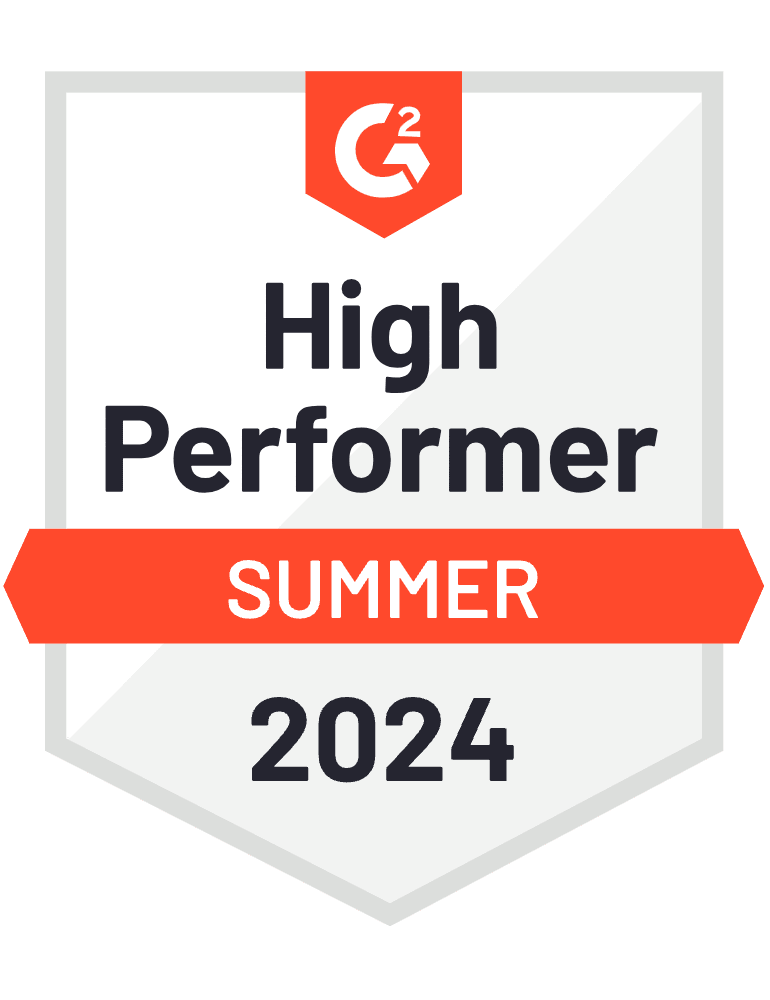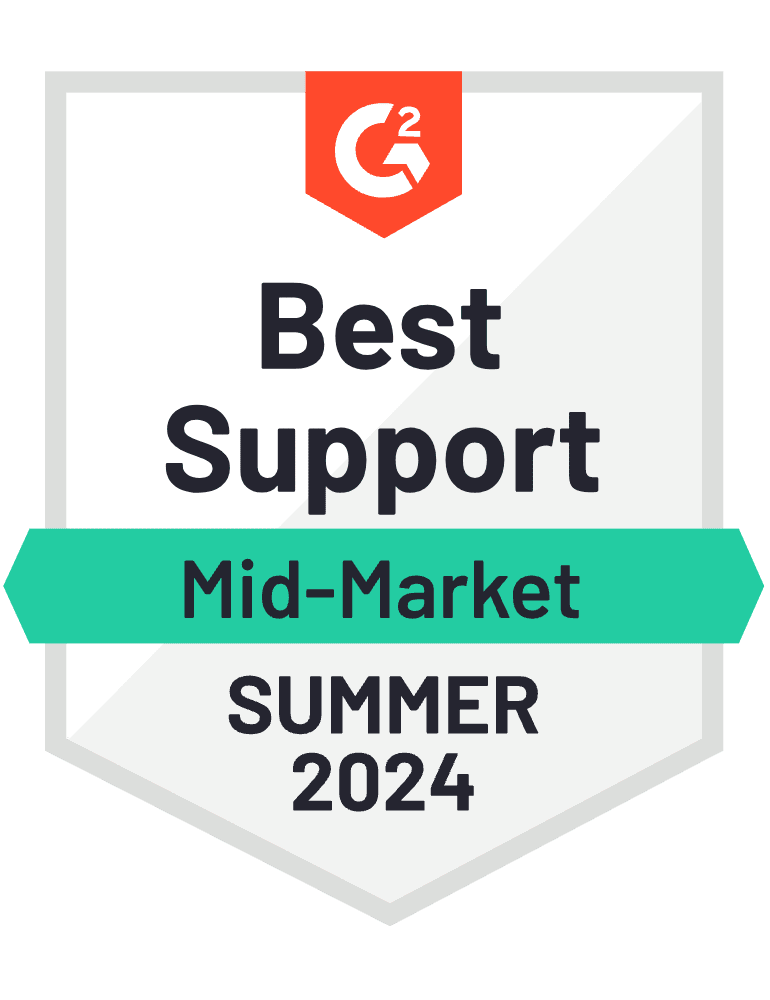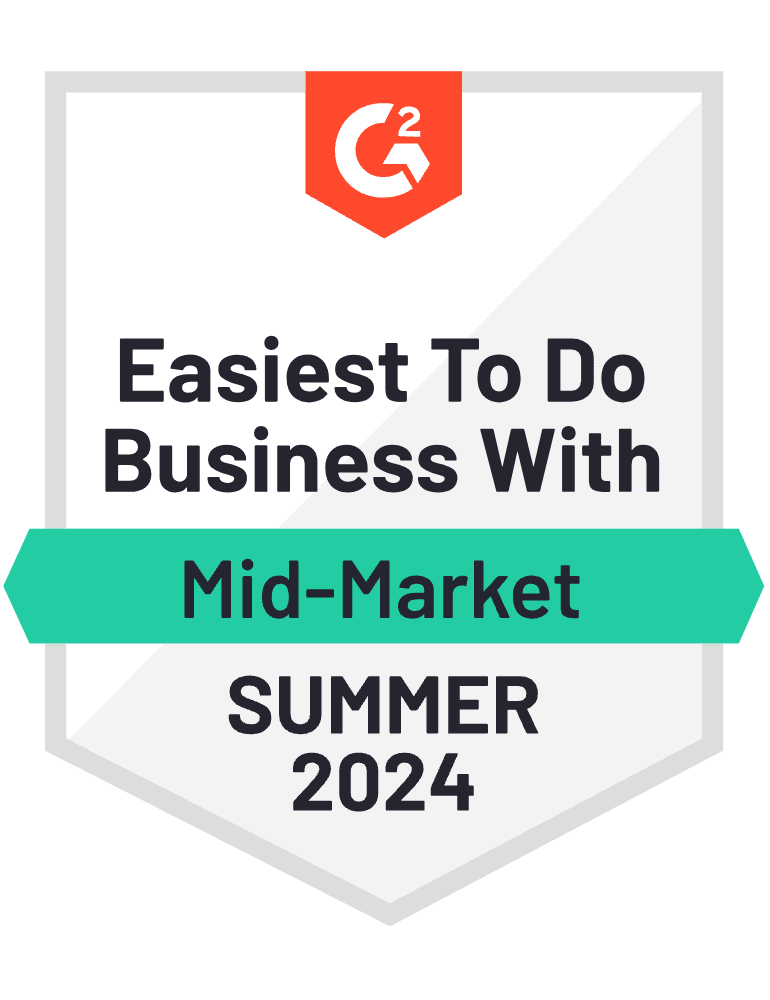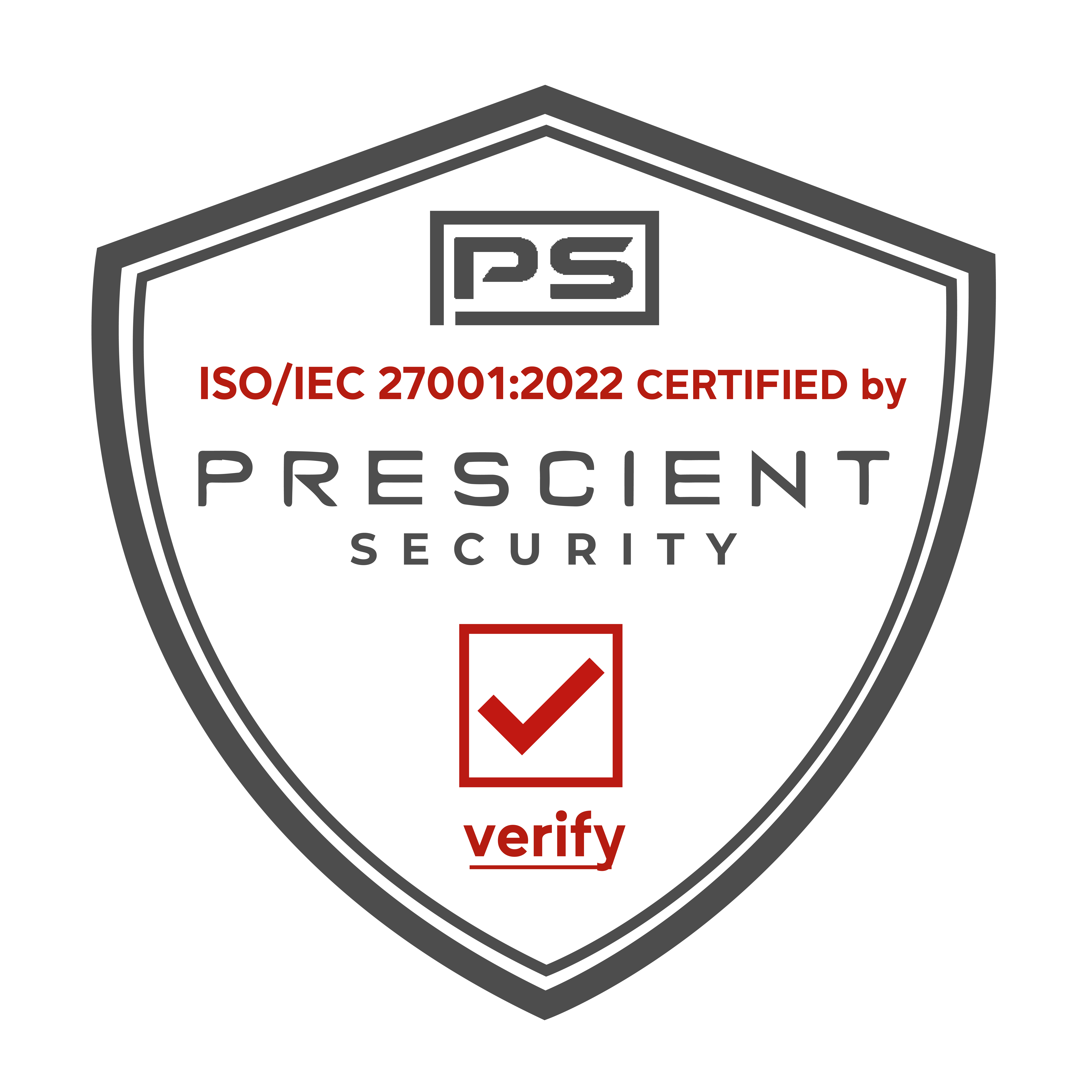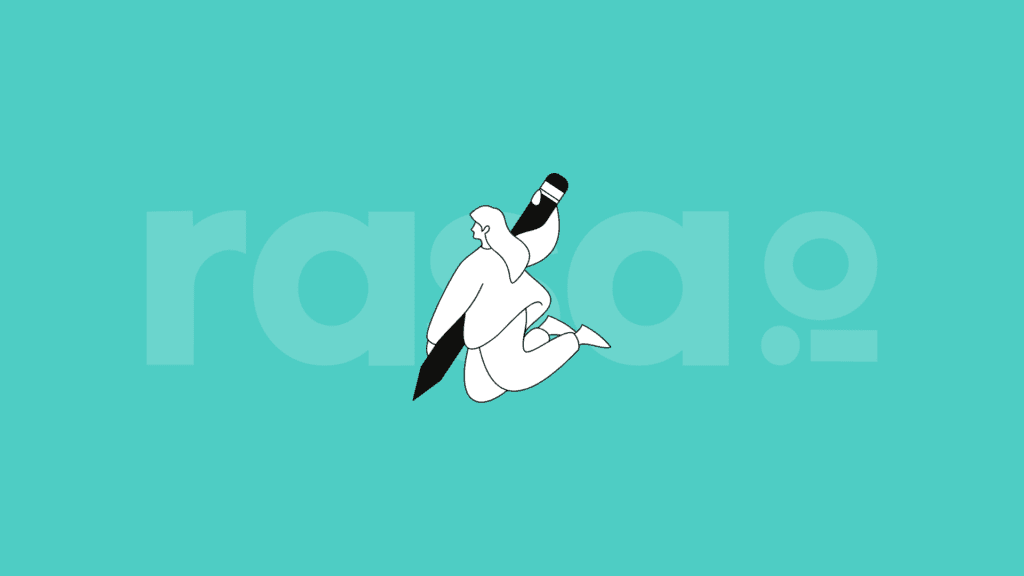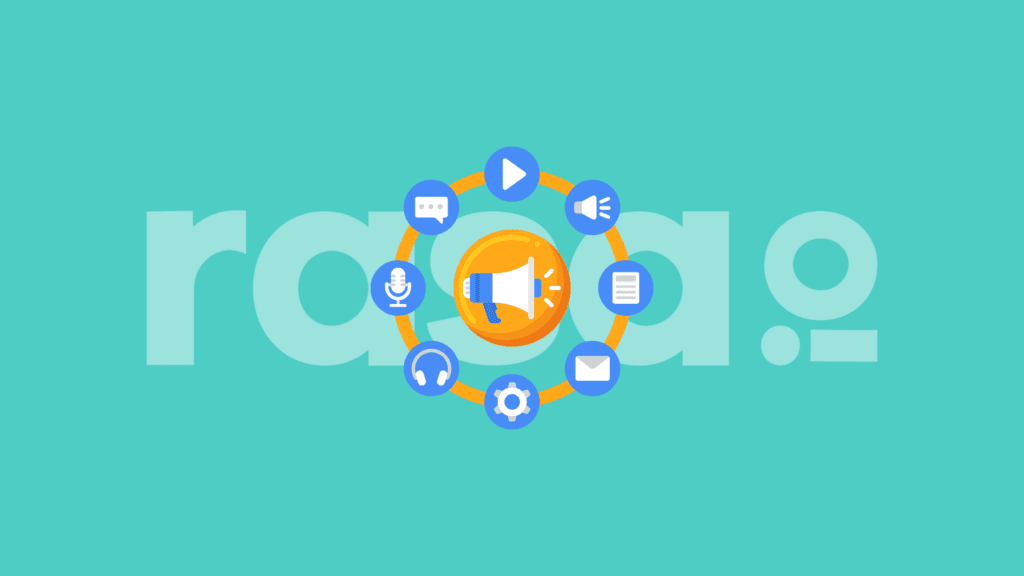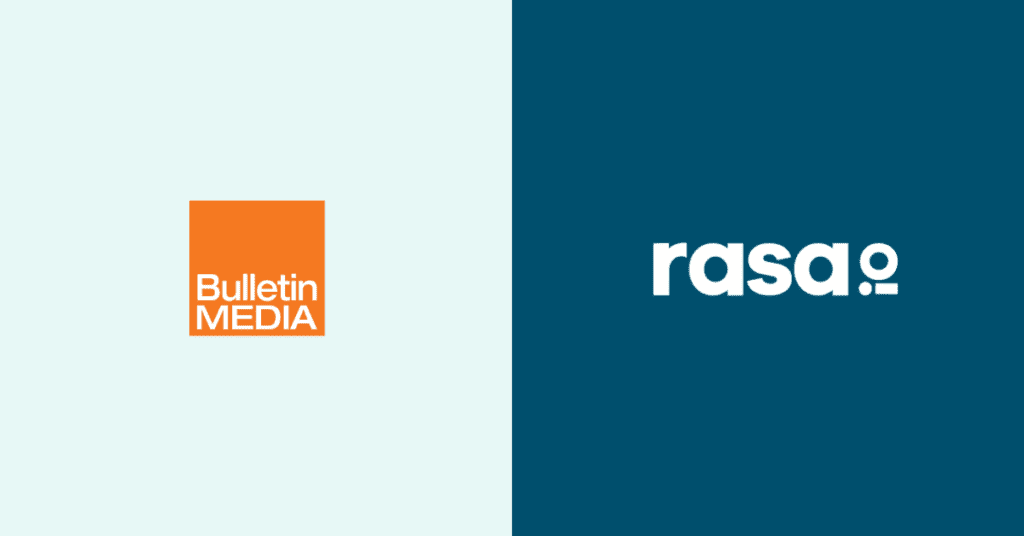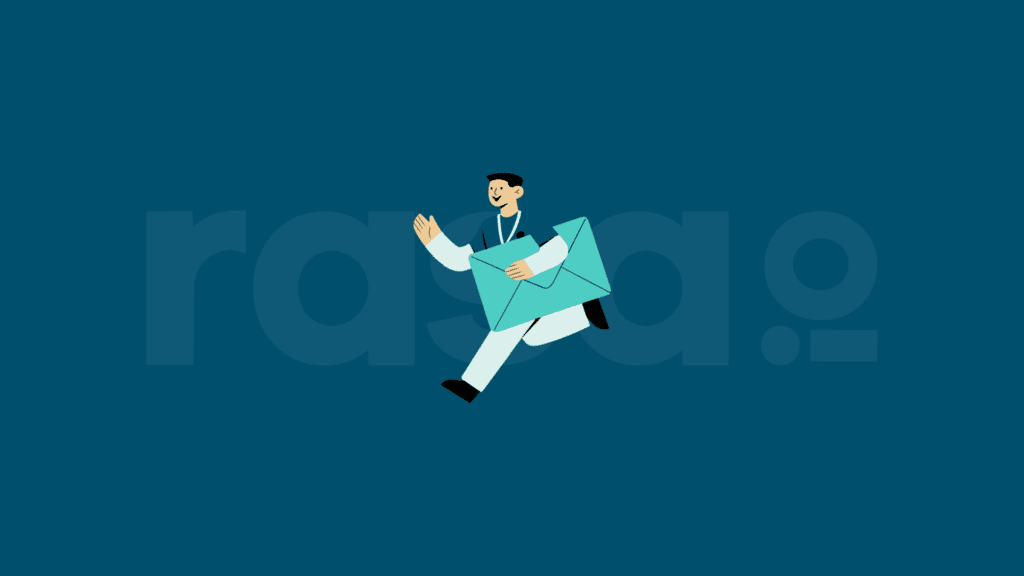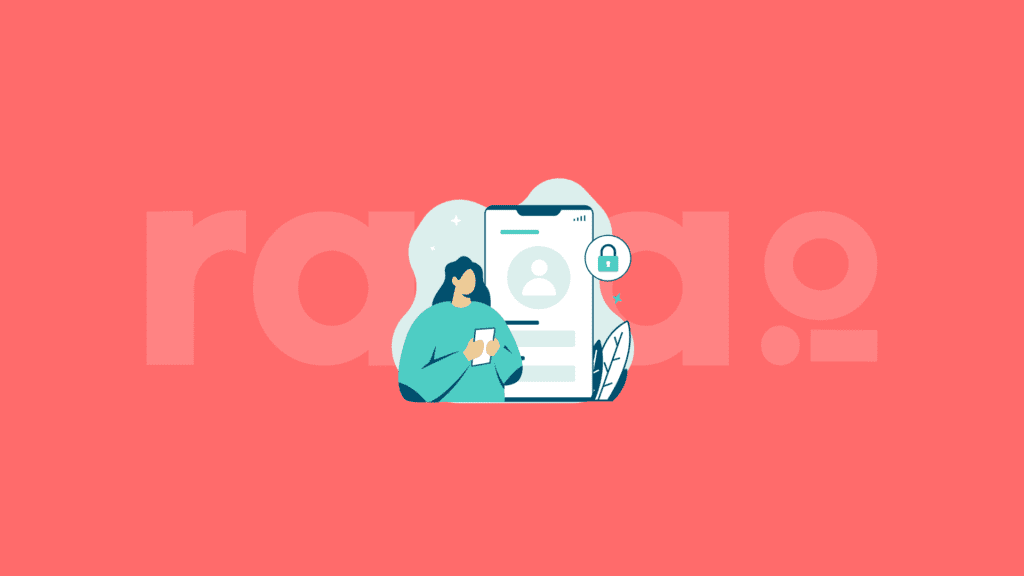Nicolas Vandenberghe
How the co-founder of a scheduling app used by top sales teams, thinks about email. This is Nicolas Vandenberghe’s story about Pushing Send.Nicolas Vendenberghe started selling newspapers in the streets of Paris in high school and went on to study business at Stanford GSB. He has started and sold 3 tech companies with up to 65 employees and $11M in revenues, ran Sales for a $2Bn telecom company negotiating billion dollar deals with companies like Google, now co-founder of Chili Piper – leader in Meeting Lifecycle Automation – and of KosmoTime – the Personal Productivity Assistant to obliterate your to-do list.
Key Points From This Episode:
- There are three phases where email is relevant: cold outreach, sales engagement and then when things are not going as fast as the salesperson wants it to.
- Customization is a key strategy for the success of Nicolas’s work.
- Qualification and being relevant and resonating with your customer is important for getting a reaction from a customer.
- Meeting life cycle automation is critical for success in Nicolas’s business and email plays such a large role in this.
- Nurturing an existing customer base is important and Chili Piper aims to deliver useful information to their clients.
Tweetables:
“I think in our case, it’s about being relevant. So it’s something that resonates. If we show the gentleman guy, or lady, what his current solution does and how it could be done better in a very, uh, vivid and real representation. So that’s more likely to create a reaction.” – @nicholasVDB
“I think every company in every sector of the opportunity to do some extra research, to make sure that their solution is relevant. In effect, it’s a step of the process that’s called qualification.” – @nicholasVDB
“That’s what we call the meeting life cycle. And it’s on, it’s critical, but you want to have the email that facilitates the process or the way to closing.” – @nicholasVDB
“Email is still by far the most valuable tool in relationship, especially now that we are all working remotely.” – @nicholasVDB
Links Mentioned in Today’s Episode:
- Nicolas Vendenberghe: Website, LinkedIn, Twitter
- Bryan Kelly: LinkedIn
- rasa.io
- Chili Piper
- Instant Booker
- Slack
- Mailchimp
Episode Transcript
Bryan Kelly:
From rasa.io, the tool for sending smarter and better email newsletters. This is Pushing Send a show featuring people who send emails their subscribers actually want to read. I’m Bryan Kelly, and on today’s show how the co-founder of a scheduling app used by top sales teams, thinks about email here’s Nicolas Vandenberghe sharing his experiences. As the co-founder of a software business, where email is an essential intersecting point for many of the features you offer. What do you think about email at the center of the entire sales process?
Nicolas Vandenburghe:
Yes, it’s interesting because we sell a tool which we call Instant Booker that integrates with email. So we, uh, use our own tool to do our work around emails, but say there are three phases where email is relevant. The first one is the cold outreach. When you’re just trying to get attention, gauge interests with usually people call sales engagement, and then you get to a point where there’s a certain level of intent for a meeting to happen. And that’s a very different stage. And then the later stage is like, the deal is going well, but you getting, uh, often things don’t go as fast as the sales person would like actually not often, always.
Bryan Kelly:
Well, how do you think about tracking the metrics for all of this?
Nicolas Vandenburghe:
Most people count on the number of contacts. So you email 200 contacts and you get 10 demos. That’s 5%. We don’t count like that. We count by account. So when we started, we were about 1- 2% conversion rates on an account level. In other words, if we reach out to a hundred accounts, we did one or two demos, and now we routinely between a 7-13% in conversion rates. So out of a hundred accounts, we typically book seven to 13 demos. And the way we’ve been able to achieve that, as I mentioned was a lot of small optimization, but one key one was people call it personalization, but it’s not personalization. It’s customization. So we don’t go to that particular gentleman and say, Hey, I see you. You went to Stanford. I went to Stanford. Isn’t that interesting. We go and screenshot their forms on their website. Sometimes we’ll even go through a submission and wait for the demo and we show them their form and we show them, look, this is the experience for your prospect. They have to wait. They may wait today and you’re losing so much. And then the second email we show them a gif, and we actually do the work to show what the experience could be. And if you were using a Chili Piper inbound solution, this is what you would look like. You would book in real time. That is not personal. There’s nothing personal about it, but it’s definitely a customized to the account. And that has made for sure has taken through above the threshold that we actually make it very specific to their problem and how a solution could work with that problem. And that’s how we got to step one, getting our personas right up to getting the structure of a message, right? That’s what got us to a really high-performing sales development team, right? We were just a meeting today. And I would say we were to wherever we’re going to have a record month, our sales development team, because we really figured out that process.
Bryan Kelly:
Yes. Well, customization shows people you’ve put in some work and have done something most other sales pros likely aren’t doing,
Nicolas Vandenburghe:
Doing some work is part of it. But I found that people don’t give you much credit for it. I think in our case, it’s about being relevant. So it’s something that resonates. If we show the gentleman guy, or lady, what his current solution does and how it could be done better in a very, uh, vivid and real representation. So that that’s more likely to create a reaction. I see a lot of people say, I’ve read your blog. I see you interested in your economy. So I love, but I don’t care, right? If I’m not going to take a meeting because people know that I’m interested in your economics, it’s just, it’s just irrelevant. If they come and say, I’ve seen you hired a VP of customer success, we just did. We hired Gemma. I heard that you’re not using a solution for customer success. Is now a good time to look at that as you scale your customer success. Well boom then yes, you’re relevant to me because it is the case. That is my situation where, uh, I’m interested in, frankly, if you’re not able to make it relevant in leads, you probably shouldn’t bother these people as I receive a CEO of the company. So my name is listed everywhere. And my email is very easy to find. I receive the most random emails, like some obscure product and security, for example, uh, like I said, you don’t email me. I’m not the person who decide that, right? That’s what I, I get from the people from New Yorker, real estate broker saying, Hey, I’ve got a great office space look up. We distributed. We have, we have two people in New York. I mean, do your research to what’s relevant is relevant to us. I do not need office space. It’s a disservice to the industry to send these emails. That’s a completely irrelevant and research because then the relevant ones could consider us spam. That’s the key thing. And I think every company in every sector of the opportunity to do some extra research, to make sure that their solution is relevant. In effect, it’s a step of the process that’s called qualification. You qualified before you say something, for example, for Inbound Solution, we do not call on, on people who don’t have a form on their website , for example. They go straight to a free trial or something because we know that our solution is relevant to them. So that qualification piece is a critical part of email. Even though people think of qualification, that’s coming later in my view, it should come earlier. You should qualify before you reach out because nobody has time to waste.
Bryan Kelly:
So many of us put a lot of attention on cold email outreach and the best way to do it, but not too many people talk about what happens after your cold message works, like actually closing the sale through email. So how do you think about this part of it?
Nicolas Vandenburghe:
So first, just like with a cold outreach, there’s not like one magic silver bullet that is this one email you send and boom, it does it. We’re going to see if it existed by now everybody we know. So it’s the same groundwork to improve, but we have found something that is actually giving birth to a new category. We call it meeting life cycle automation. So what we funded at 22, when that first meeting, uh, of course, best practices to always book the followup meeting. And so at the end of the meeting, you don’t say, okay, great. Let’s talk again. I get back to me once you’ve read the information. You do not do that. You just say, that’s great. You’re going to read the information, whether you thought, uh, when you’ll be able to do that. Okay. So how about we do a check point next Friday and you book a followup meeting. But what we found is that email is a key role in this, in between the two to keep the process warm. So there’s this concept of a cadence in outbound emails or call calling the style. Some people call it a sequence or cadence, but at the same concept, the cadence of emails in the closing phase. You make sure that you keep the pace. So best practice is that you end the meeting, you send a recap and a recap. What we found is that you send a long recap with stones of document is the same thing people think about that that’s not relevant to you just send me all your. I’m a busy person that a recap has to be right on point of the key, most important things discussed in the meeting. And it has to come within a couple of hours of the meeting when everything is still warm and that information is going to be acted upon. So that end of meeting recap is critical. And then the next meeting you want to set an agenda ahead of the meeting to make sure that each milestone is productive. So you go from this agenda to make the meeting productive, meeting, productive recap for the next steps, the agenda recap meetings. That’s what we call meeting life cycle. And it’s on, it’s critical, but you want to have the email that facilitate the process or the way to closing.
Bryan Kelly:
Okay, well, we’ve talked about how you approach this particular use case with email, but I’m curious, how are you in the Chili Piper team using email for something like inbound lead nurturing?
Nicolas Vandenburghe:
That’s another piece of email you’re right. The nurturing of potential buyers and nurturing of our existing customer base. Actually the existing customer base is actually getting more and more critical. Most companies. I mean, there’s a growing number of SAS companies and SAS is all about renewal, right? It’s all about expansion and renewal. The a Chili Piper expansion is a critical part of our business. We always grow our revenues per account. And so we focus a lot of that. Then what we found is that in this case, we actually make it much more personal, but not in, um, in a way that it’s actually sent by your director of product marketing and Jason and Jason makes it more human. It’s not like great news, a upgrade on this feature on that. It’s more like Jason is talking to our user base. Sometimes we bring in some of the people from our customer success team and all that in the email to make it more human. And that makes a huge difference to be, we track our open rates and we see the open rates is in the 40 to 50%, uh, obviously going to do better. We’d love to get to 80%, but already to level where, because they’re plain language and they don’t sound like marketing speech. And of course we always aim at providing something useful. So we typically would announce a new feature or a show case studies of some of our customers has done something really well. So it’s always information that’s valuable to the person that it’s sent to, but that the switch from marketing at Chili Piper to Jason has made a huge difference.
Bryan Kelly:
Now, what about your personal experience using email over the course of your entire career? What have you seen as it’s evolved over the years?
Nicolas Vandenburghe:
Well, it’s funny you say that because every five years or so, it feels nearly is under attack, right? So actually I was at Stanford business school when they, uh, use my first email account on campus in 1993. And that looked like a social call it a solution that you would send these kiddos, these great messages. And then that thing boomed. And, uh, it felt always that it felt like it was just an early, uh, protocol a bit like a, at the beginning of the internet was just HTML. I use an HTML and there was no hub and it was just the early days. But unlike a HTML that has become a web apps and react and client based on email, I stayed in the same core protocols. And there’s a reason for that is that it’s actually the most efficient way to communicate asynchronously. So every, every five years, like the most recent one was Slack and I say, don’t kill email, and then it will stop. And everybody’s going to use Slack any, it is true that, uh, Slack has been useful to replace internal emails, but email is still here to stay, and, um, then what happened with the opposite with, uh, with, so the email marketing industry’s still growing and doing really well, as you can see from, uh, I love this leading companies like MailChimp my, uh, this kind of a solution, but the big surprise is this emergence of sales development, right? So teams of as development reps using email, I mean, of course they’re also using TLM to engage and it’s working. You just like without the medicine we were dying, email is getting a new life. The answer to your question is that email is still by far the most valuable tool in relationship, especially nowadays with the virus where we all have to work working remotely and the thing that’s here to stay. That’s the reason why we, uh, at Chili Piper, we, uh, as I said, that we investing in this concept of meeting life cycle automation that combines meetings and emails, because we can see that the email is here to stay. And there’s a lot more that can be done to improve email and to keep it more relevant here we are to 1993 to now it’s 27 years, right? Yeah, yeah, yeah, yeah. Twenty-seven years later, it’s a, it’s a core technology that’s getting invested in it’s fascinating.
Bryan Kelly:
Nicholas and his team have been in an interesting spot, helping sales pros optimize their use of email to close deals. And it’s interesting to see how they’ve shifted their own processes regarding email to grow their business coming up on our next episode, we’ll hear from Tamsen Webster, a messaging and presentation, strategist, Tamsen shares, and important communications framework that can help build compelling stories for email newsletters. Plus she also breaks down the workflow for the weekly newsletter. She publishes don’t miss Tamsen story. Be sure to subscribe at Apple podcasts or wherever you’re listening. So you don’t miss an episode. And if you’ve enjoyed what you’ve heard today, I’d encourage you to check out a few of our other episodes while you’re here. Lastly, leaving a review will help us share these stories with others, just like yourself. So thanks in advance for doing that. I’m Bryan Kelly, and you’ve been listening to Pushing Send from rasa.io.
rasa.io:
Creating email newsletters takes a lot of time. You might curate articles, write content, tweak your template, and look up metrics and not to mention you’re probably doing all of this once a week. well at rasa.io, we said enough and built a free tool to simplify the process, which saves you time. It also uses AI to personalize emails for each subscriber based on their interests. That means they get stuff they like to read. Want to see how it works? Visit www.rasa.io and click how it works.




